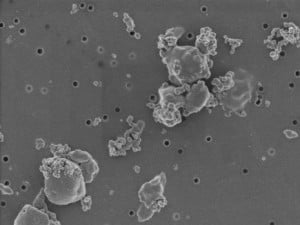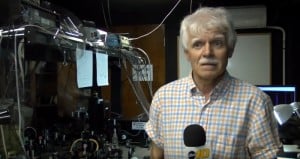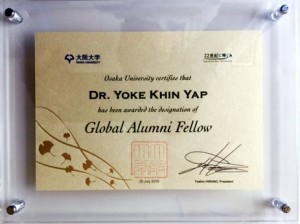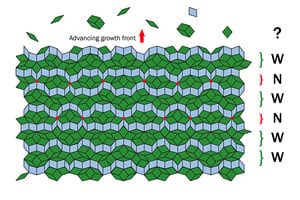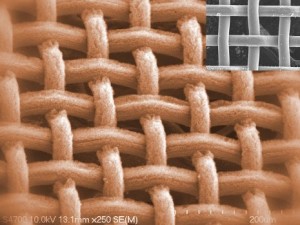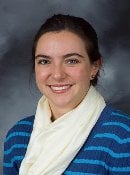
National Geographic quoted Michigan Tech graduate student Teresa Wilson (Physics) in an article about a special kind of atmospheric mirage known as a Fata Morgana.
China’s Floating City and The Science of Mirages
They’re common in polar regions, says Teresa Wilson, a graduate student in physics at Michigan Technological University in Houghton, in an email. “But [they] can happen anywhere.” People have even seen fata morgana in the Strait of Messina between Italy and Sicily.
